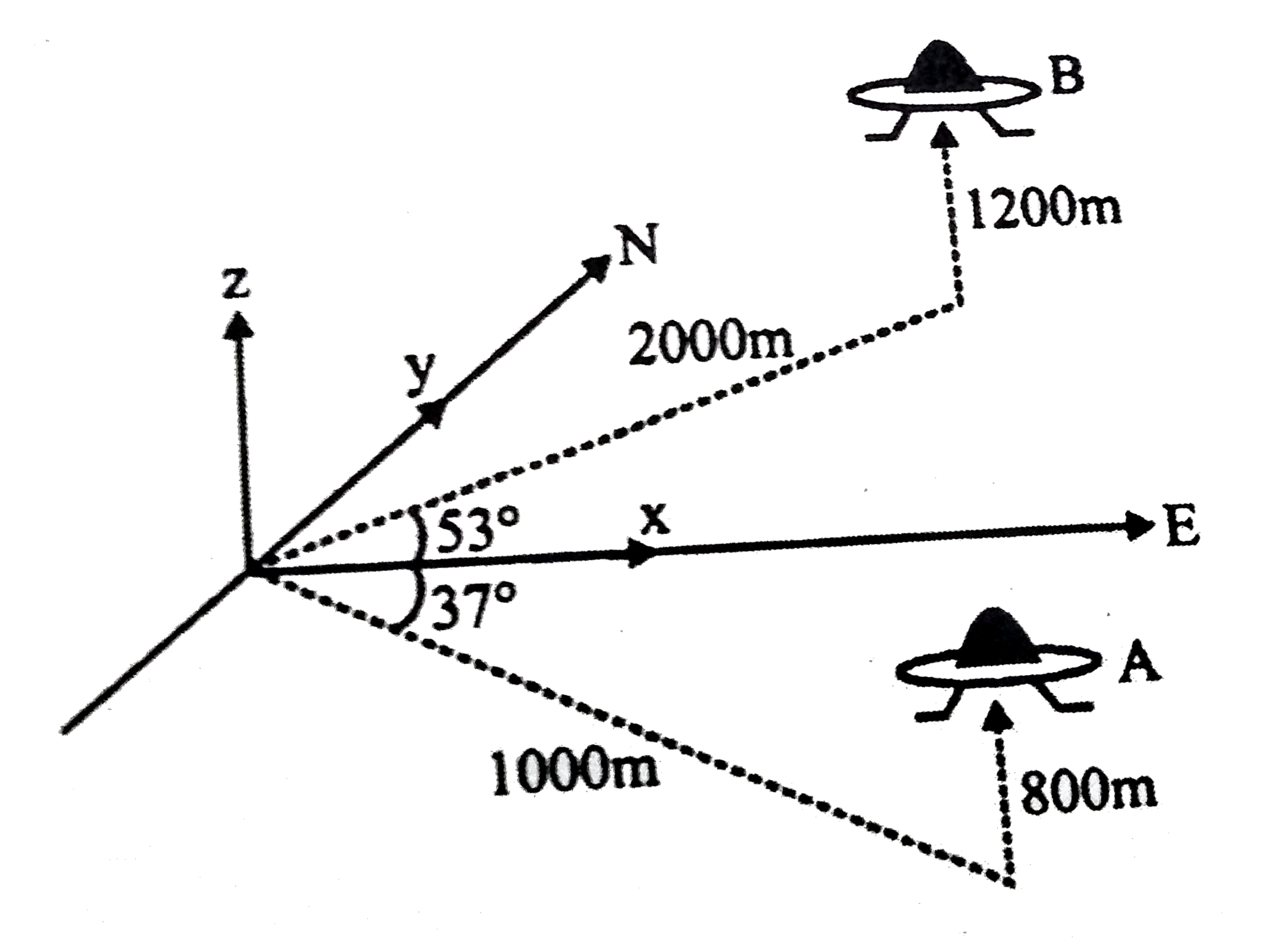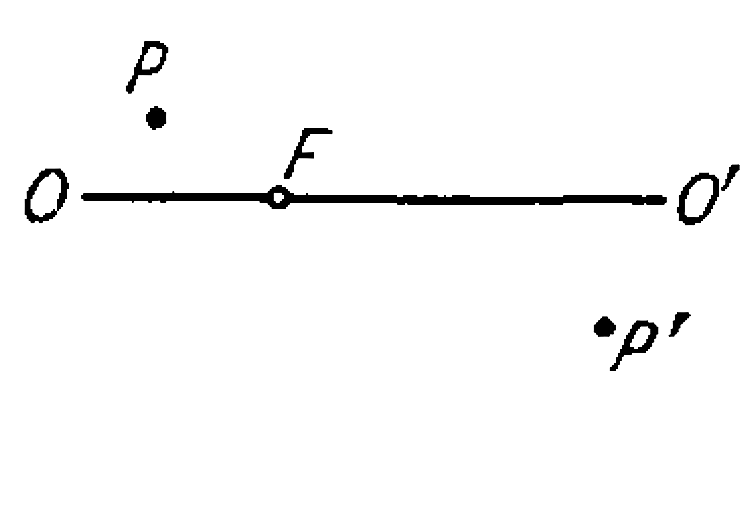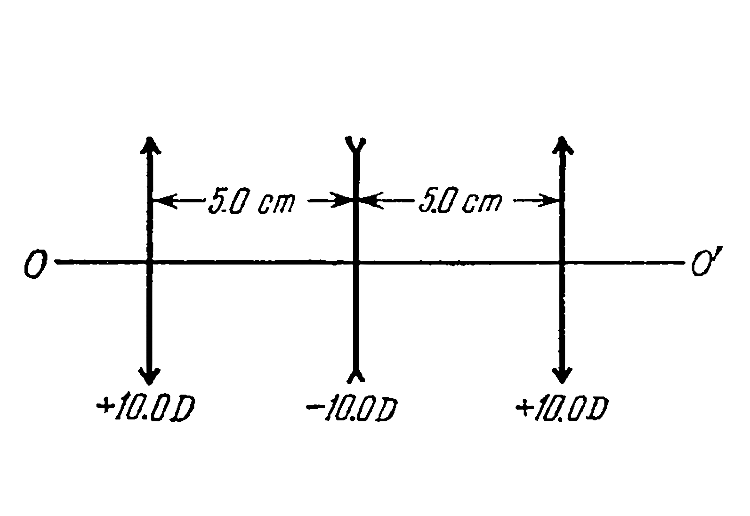Personnel at an air post control tower track a UFO. At 11:02 am it was located at position A and at 11:12 am is was located at position B. Displacement vector of UFO is

400ˆi+2200ˆj+400ˆk
1200ˆi+1000ˆj+800ˆk
2000ˆi+2200ˆj+2000ˆk
400ˆi+1000ˆj+400ˆk
The correct Answer is:A
Step by step video, text & image solution for Personnel at an air post control tower track a UFO. At 11:02 am it was located at position A and at 11:12 am is was located at position B. Displacement vector of UFO is by Physics experts to help you in doubts & scoring excellent marks in Class 12 exams.
Topper's Solved these Questions
- BOOK - ALLENCHAPTER - UNIT & DIMENSIONS, BASIC MATHS AND VECTOR EXERCISE - Exercise (O-1) Multiple Correct Type Questions.3videos
UNIT & DIMENSIONS, BASIC MATHS AND VECTOR
- BOOK - ALLENCHAPTER - UNIT & DIMENSIONS, BASIC MATHS AND VECTOR EXERCISE - Exercise (O-1) ComprehensionType Questions.3videos
UNIT & DIMENSIONS, BASIC MATHS AND VECTOR
- BOOK - ALLENCHAPTER - UNIT & DIMENSIONS, BASIC MATHS AND VECTOR EXERCISE - Exercise (S-2)7videos
UNIT & DIMENSIONS, BASIC MATHS AND VECTOR
- BOOK - ALLENCHAPTER - TEST PAPERSEXERCISE - MATHS18videos
TEST PAPERS
- BOOK - ALLENCHAPTER - WAVE OPTICSEXERCISE - Exercise 2 (Previous Year Questions)7videos
WAVE OPTICS
Similar Questions
The three particles of mass m,2m and 3m are located at (1,2,3),(2,3,4) and (1,1,1). Find the position vector of c.m.
View SolutionA motor boat set out at 11a.m. from a position −6ˆi−2ˆj relative to a marker buoy and travel at a steady spee dof magnutdue √53 on a direc course to intercept a ship. The ship maintains a steady velocity vector 3ˆi+4ˆj and at 12 noon is at a postion 3ˆi−ˆj form the body. Find (a) the velocity vector of the motor boat, (b) the time of interecption and (c) the position vector of point of interception from the buoy if distances are measured in mkilometeres and speds i kilometre per hour.
View Solution
Knowledge Check
- Question 1 - Select One
Train A' runs at a speed of 80 kmph and leaves station X' at 11.00 a.m. Train 'B' leaves station 'X at 11.15 a.m. in the same direction, on the same day . At what speed train 'B' should run in order to catch train 'A at station 'Y located at a distance of 60 km?
A110 km/hB115 km/hC125 km/hD120 km/h
An optical system is located in air. Let OO' be its optical axis, F' and F' are the front and rear focal points, H and H' are the front and rear principle planes, P and P' are the conjugate points. By means of plotting find:
(a) the position F' and H' (Fig.),
(b) the position of the point S' conjugate to the point S (Fig.),

(c) the positions F,F', and H' (Fig. where the path of the ray of light is shown before and after pasing through the system).View SolutionFigure illustrates an aligned system consisting of three thin lenses. The system is located in air. Determine:

(a) the position of the point of convergence of a parallel incoming from the left after passing through the system,
(b) the distance between teh first lens and a point lying on the axis to the left of the system, at which that point and its image are located symmetrically with respect to the lens system.View Solutionselect write statement (s) (A) 8 Cs+ ions occupy the second nearest neighbour locations of a Cs+ ion
(B) Each sphere is surrounded by six voids in two dimensional hexagonal close packed layer
(C) If the radius of cations and amions are 0.3 Å and 0.4 Å then coordinate number of cation of the crystal is 6.
(D) In AgCl, the silver ion is displaced from its lattice position to an interstitial position such a defect is called a frenkel defect.View SolutionA charge distribution generates a radial electrif field →E=ar2e−rkˆr, where r is distance from the origin ˆr is a unit vector in radial direction away from the origini and a and k are positive constants. The electric field extends around the origin up to a large distance.
(a). Find the charge (q0) that must be located at the origin to create such a field
(b). Find the quantity of charge (q) that must be spread around the charge q0 at origin to create such a field.View SolutionA convex lens of focal length 15 cm and a concave mirror of focal length 30 cm are kept with their optic axis PQ and RS parallel but separated in vertical directiion by 0.6 cm as shown . The distance between the lens and mirror is 30 cm . An upright object AB of height 1.2 cm is placed on the optic axis PQ of the lens at a distance of 20 cm from the lens . if A'B' is the image after refraction from the lens and the reflectiion from the mirror , find the distance of A'B' from the pole of the mirror and obtain its magnification . Also locate positions of A' and B' with respect to the optic axis RS.
_E01_247_Q01.png) View Solution
View SolutionA convex lens of focal length 15 cm and a concave mirror of focal length 30 cm are kept with their optic axis PQ and RS parallel but separated in vertical directiion by 0.6 cm as shown . The distance between the lens and mirror is 30 cm . An upright object AB of height 1.2 cm is placed on the optic axis PQ of the lens at a distance of 20 cm from the lens . if A'B' is the image after refraction from the lens and the reflectiion from the mirror , find the distance of A'B' from the pole of the mirror and obtain its magnification . Also locate positions of A' and B' with respect to the optic axis RS.
_E01_247_Q01.png) View Solution
View SolutionIf the points with position vectors 10ˆi+3ˆj,12ˆi−5ˆj and aˆi+11ˆj are collinear, find the value of a.
View Solution

